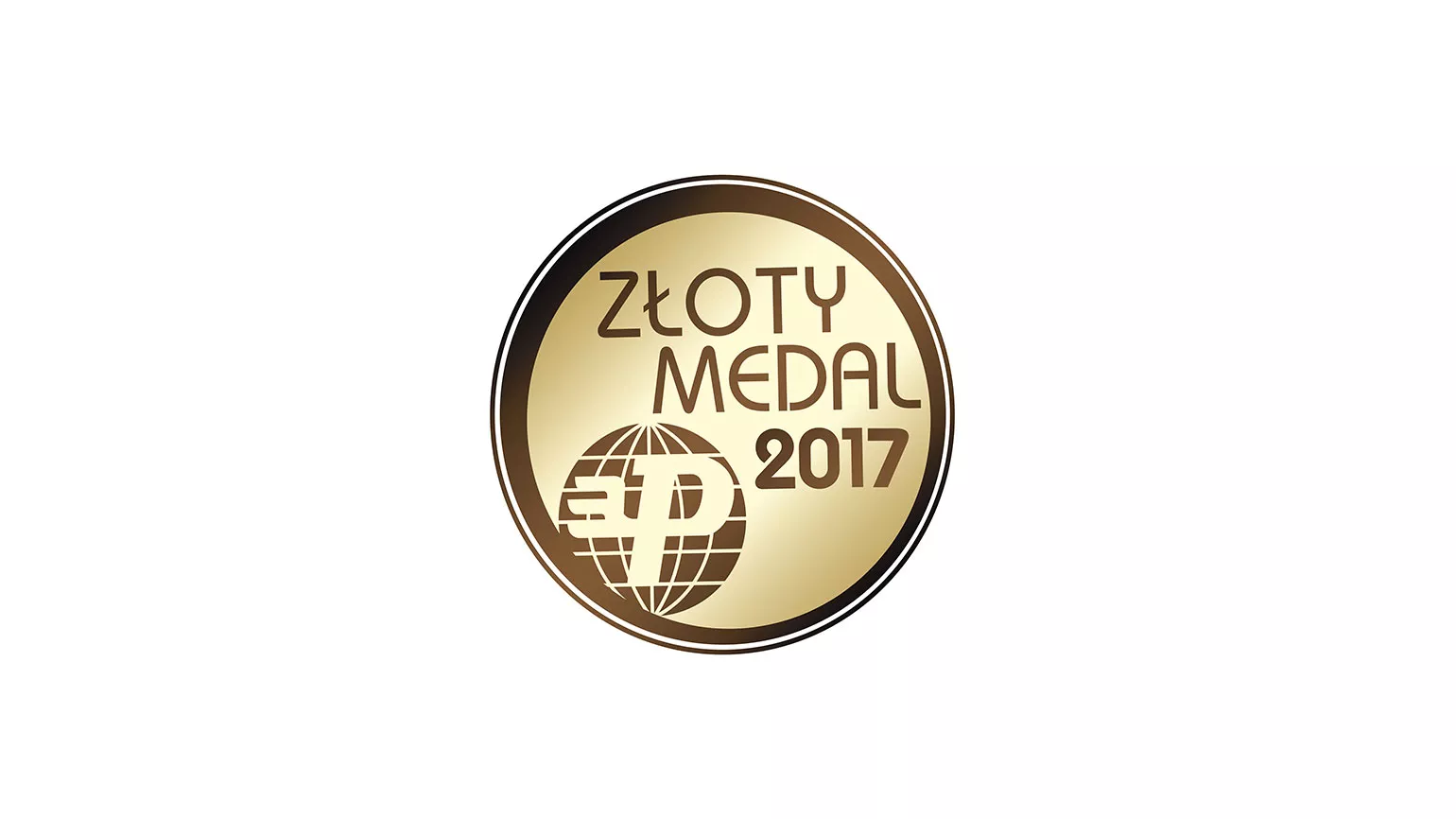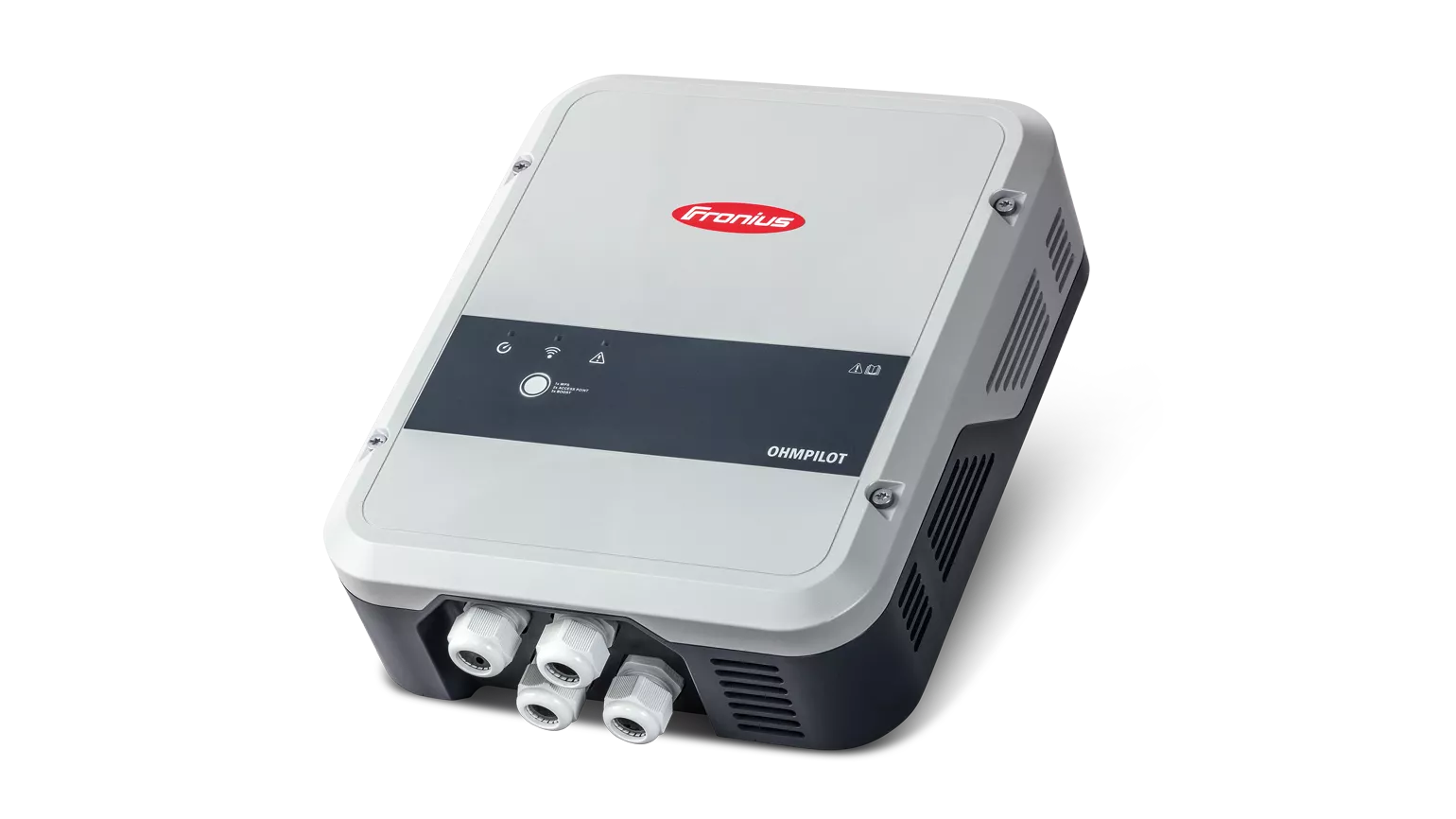Fronius Ohmpilot receives award for innovation

The
Ohmpilot draws on excess energy specifically for the preparation of hot water.
Thanks to a continuous output range of almost zero to nine kilowatts, this
excess power can be efficiently channelled to the loads in the household. As
a result, the operator is able to use all the electricity they generate. The
main areas of application are heating elements in boilers and buffer tanks, but
infra-red heaters and heated towel rails are also compatible. With the Ohmpilot
it is even possible to control two heating elements. Communication takes place
via the WLAN, LAN, or Modbus RTU universal
interfaces, meaning the consumption regulator is easy to fit and can be
activated online using the pre-installed web interface. The clean and
interference-free control of the loads protects the grid and extends the
service life of the heating system. “With
a typically sized photovoltaic system of five kilowatts (peak), the Ohmpilot
can heat 150 litres of hot water from ten to around 40 degrees Celsius, even on
a partially cloudy day. On sunny days, the average energy excess can allow 300
litres to be heated from ten to 60 degrees Celsius. This is particularly
advantageous in summer and inter-seasonal times of year, as the conventional
heating system does not need to be used at all. Consumers benefit from lower
energy costs and an improved payback period for the overall system,”
explains Martin Hackl, head of solar energy at Fronius International GmbH.
Prize
for innovation
Fronius
has recently won the MTP Gold Medal Award for the Ohmpilot. The Polish prize,
which is awarded at the GreenPower trade fair, recognises outstanding
innovations. The Fronius Ohmpilot is an integral part of effective energy
sector integration, as it unites the fields of electricity, heating, and hot
water, optimises the overall energy system in private households, and thus
improves the self-consumption rates of photovoltaic systems. Ohmpilot
represents another huge step forward towards 24 hours of sun – the Fronius
vision of a future in which 100% of the world’s energy needs are covered by
renewable sources.


